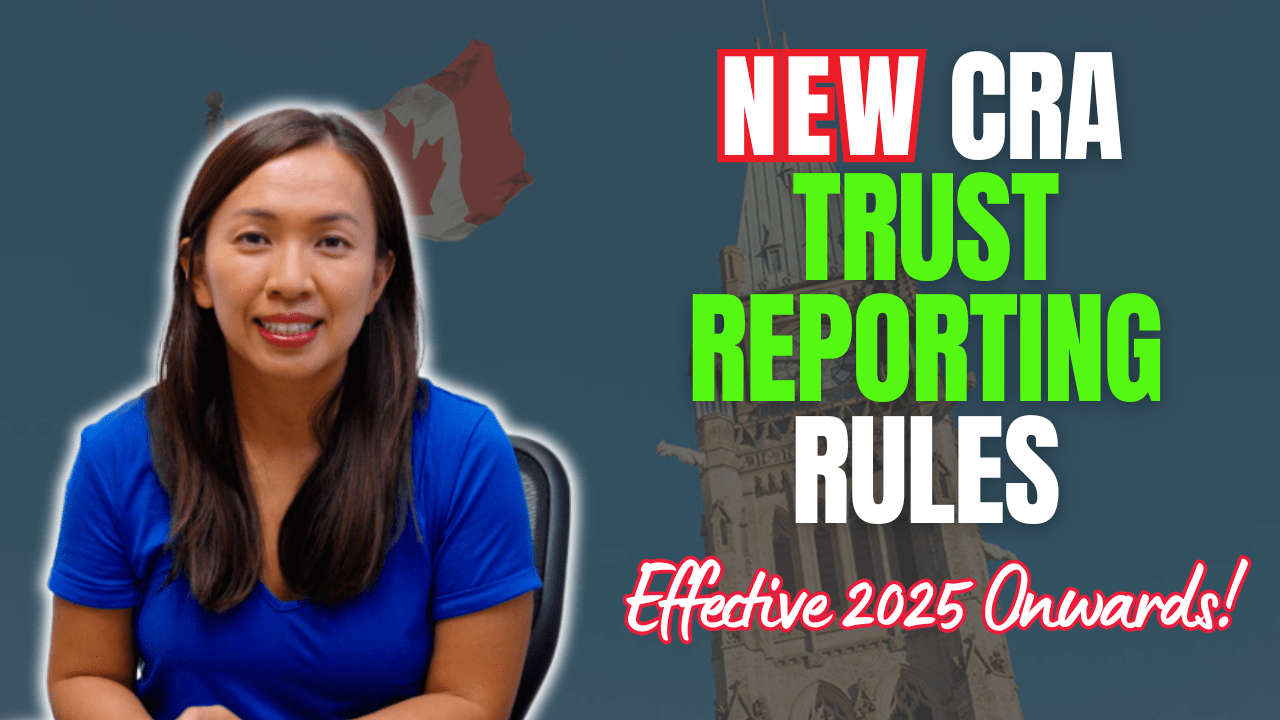It’s chilly today.
We had so much excitement from the last week. We listed our home for sale the last week and we relocated our entire family to the hotel to accommodate all the showings.
Yes, we had to get the kids out of the house to accommodate the non-step showing appointments.

Thankfully, we were able to sell the property as planned. We’re extremely blessed.
We also did our very first real estate investor incorporation webinar last week. We got over 900 people attended. A lot of questions.
Thank you for those of you who attended. We appreciate that you spend your evening with us.
Many asked, when’s the next webinar? Well, I am going to share the new skill I learned in 2020 with all of you. This skill added another stream of income to our family, allowed us to be a step closer to where we want to be financially.
Now, let’s talk about a recent court case that I read, Hansen v. The Queen 2020.
The court case is related to the sale of houses by Mr. Hansen and his spouse during taxation years 2007, 2008, 2009, 2011 and 2012.
The couple sold a house during each of the taxation years and he claimed the principal residence exemption on each house of the house.
Yep, you count it right, 5 houses sold in 6 years.
This is what I consider low hanging fruit for Canada Revenue Agency.
A taxpayer can only claim principal residence exemption, if the intent of the taxpayer wasn’t to sell these properties for a quick profit (which is also known as “adventure in the nature of trade”).
To determine whether a taxpayer is conducting a business or engage in “an adventure in the nature of trade”, one criteria CRA looks at is the frequency of transactions.
It is low hanging fruit when the Hansens sold 5 houses in 6 years and claimed them as primary residence exemption on all of them.
You also read it right. We’re in 2021 and the appeal on this case was just heard late in 2020.
In fact, CRA made their reassessment late. So late that they made their reassessment after the normal reassessment period.
As Canadian tax residents, many of us are aware of that we need to keep our paperwork for 7 years (a minimum of 6 years).
Few of us are aware that there’re rules governing CRA as well.
In general, CRA can reassess tax returns for individuals and corporations (Canadian Controlled Private Corporation) within 3 years from the original Notice of Assessment date.
As an example, for individuals who file their tax return on April 30, 2021 and receive the notice of assessments on the same date for their 2020 tax returns, Canada Revenue Agency has until April 30, 2024 to provide a reassessment to these individuals,
Unless…
- The taxpayers incur a loss subsequently and request to carryback some losses to earlier tax year
- CRA did a reassessment on another taxpayer’s taxes and affects you
- if you have a transaction with a non-resident that’s related to you (a non-arm’s length transaction)
CRA’s power does not stop there, CRA is allowed to reassess a return at any time…
- If the taxpayer has made a misrepresentation because of neglect, carelessness, wilful default, or fraud in either filing the return or supplying information required by Income Tax Act
- If the taxpayer signs the waiver before the normal reassessment period expires
- Reassessment is to carry back losses or certain tax credit.
- A court instructs CRA to reassess beyond the 3-year normal reassessment period.
In the Hansen’s case, CRA reassessed them beyond the 3-year normal reassessment period for taxation year 2007, 2008 and 2009 and imposed significant tax penalty.
When CRA wants to go beyond the 3-year normal reassessment period, CRA has the burden of establishing that the taxpayer made a misrepresentation that is attributable to neglect, carelessness or wilful default.
In this court case, CRA opened up the statute-barred years (3-year normal reassessment period) because she does not agree with the manner Hansens’ reported the income.
If the taxpayer can prove that he has been reasonable in the manner that he or she has reported his or her income, CRA cannot go beyond the 3-year limit.
In Hansens’ case, if the couple can prove that they had filed their returns on what they believed bona fide to be the proper method, then there’s no misrepresentation. CRA cannot go beyond the 3 year period and reassess their 2007, 2008 and 2009 tax returns.
Did the Hansens investigate how they should report the sale of the three homes sold in 2007, 2008 and 2009?
If they did, did Hansens thoughtfully, deliberately, and carefully assess the situation and filed their income tax returns on what he believed bona fide to the proper method?
The court concluded that Mr. Hansen had a bona fide belief that the sale of the houses qualified for the principal residence.
- The couple together with their twin daughters lived in each house and personalized each to their likings and taste.
- Mr. Hansen got advice from his long-standing accountant to confirm that the houses qualified for the principal residence exemption. After understanding Mr. Hansen’s situation, the accountant confirmed that he did indeed qualify to claim the properties are primary residence.
- The couple also had reasons why they decided to leave each of the houses, including disruption caused by nearby construction, coyotes found and received an unsolicited offer to purchase one of their homes at a price that could not be refused.
As a result, the court concluded that the Hansens did have the bona fide belief that the sale of the houses qualified for the principal residence and CRA cannot reassess Mr. Hansen after the normal reassessment period.
In another words, the Hansens qualified to claim primary residence exemption on the houses they sold in 2007, 2008 and 2009.
Two lessons learned:
- Understanding your right as a taxpayer is important – in this case, it is the 3 year normal reassessment period that saved the Hansens from being reassessed between 2007 to 2009.
- Consulting with a qualified accountant and documenting all the facts relating to each sale are helpful to justify your tax position.
What happened to the houses sold in 2011 and 2012? We will find out in next week’s blog post.
Until next time, happy Canadian Real Estate Investing.
Cherry Chan, CPA, CA
Your Real Estate Accountant
P.S. I picked up a new skill last year during the March downturn, when my businesses were declining as a result of COVID lockdown. I wasn’t as busy with my business and I got stuck at home worrying about my revenue drop, I thought to myself, it’s best to learn something new to distract myself. I started learning about stock trading. It created another stream of income that we didn’t have before.





